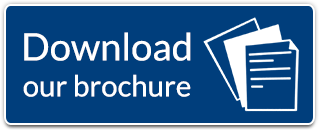Building Effective Corporate Work TeamsOrganisations consists of individuals who are part of different teams. The effectiveness of the teams largely depends on how they work together to achieve a collective goal. The most important characteristic of teams is that it creates synergy and the collective performance of the team is always better than individual performance. Teams posses several characteristics like interdependence, having common goals, having congruence and cohesion between achievement of individual and team goals. Characteristics of Effective Work TeamsEffective teams are the foundation of every successful organization. Organisations without teams that work well together often struggle, while effective teams help to improve quality, facilitate the completion of projects and increase productivity and efficiency. For Teams to work at optimal levels, they must establish a team charter for overall success of the organisation. Following are some considerations and characteristics of developing effective working teams. Shared Vision & Goals Effective Teams have a common vision, mission and Goals that are shared and accepted by the entire team. Teams work in various workgroups and set SMART goals every quarter and strive to achieve them and up the bar to continue accepting challenges for continuous learning and growth as the team progresses ahead and sets new records each time. Clear Roles and Tasks defined for every leader Every Team Member has a clear understanding on his assigned role and will be in regular touch with other members in the workgroup to continue on the learning and growth path. Standard agreed processes and practices. All common processes, guidelines and procedures are discussed, accepted and followed by all team members. All new processes and procedures are open for consultation and debate before being enforced. Mutual Trust, Support & Respect The Effective Teams foundation is built on Trust and respect for each other, which they regard in the highest form possible. Effective Teams believe that every member has a strong area and a weak areas. They not only trust each other on the strengths but are open, honest and vulnerable on the weak areas as well. They do not shy away from showing their weaknesses and will try to complement their weakness by asking for support and help from other member who are strong in those areas and strive to improve each others weak areas as they continue to learn and grow. Shared Power and Leadership Every Team Member is treated as Equal. Effective Teams have the right balance between accepted authority and the freedom of shared power and leadership, where each and every member takes initiative, ownership and contributes equally to the teams decision making process. Open Communication and Transparency. Effective Teams communicate and communicate and communicate and keep everyone posted and informed on whatever they do through various channels. They keep all processes, transactions, accounts and communication transparent and in reach of everyone. Effective Teams believe in collective wisdom through good and strong communication. They give and receive constructive feedback all times to help each other improve and excel. They always assert when the situation demands and are supportive when others are in need and provide feedback to help each other improve. Shared Responsibility and Accountability Effective Teams share collective responsibility of every other to work on his or her assigned roles and also hold self and other responsible and accountable for performing the role and address nonperformance and gaps through constructive feedback and mentoring. Teamwork, Cooperation and Unity Effective Teams value Teamwork, cooperation and unity the highest. They do their best to contribute in a Team environment and reach out to fellow members and help them whenever they see a need or an opportunity to do so. They stand strong together in face of difficulties and show unity as a One Team. Learning and bringing abilities, talent& resources together Effective Teams believe in continuous learning and exchange of skills. They take up roles as mentors, advisers, coaches and trainers to impart skills through various workshops, one to one mentoring and all channels of informal and formal learning. Appreciating, Motivating and Encouraging each other Effective Teams appreciate and encourage even the smallest contribution towards the organisation and regularly recognize and reward all who put in time and effort to achieve excellence through work. Training, Mentoring and Coaching each other. Effective Teams not only engage in constructive feedback but will engage in training, mentoring and coaching each other collectively so they can improve on various areas for growth of the entire organisation. Assigned mentors will do their best to share their experience and knowledge and pass the learning's to others. Checking Results and Performance Effective Teams not only hold each other responsible and accountable but will measure the results through open dialogue, common feedback from team members, feedback from customers, surveys and overall statistics on various performance indicators and growth parameters of the organisation. Having fun and celebrating the achievements Effective Teams not only believe in hard work, achieving goals and giving good results but strongly believe in celebrating the achievements and contributions and recognizing fellow team members at various events and occasions spread across the year. Developing Effective Work TeamsAt outlife we facilitate development of effective work teams through creation and adoption of team values, charter and a vision using the power of experiential learning and group process facilitation. A Team Charter goes a long way in developing congruence, cohesion and commitment in the team towards one goal and achieve results. Get in touch with us to know more about engaging ways of developing effective work teams.
0 Comments
Team Development | Team Performance Models
A Team Development Model outlines stages of how a group goes through a journey of becoming a team. Team Development Models helps us understand the nuances and stages of the groups journey towards coming together to achieve a common goal.
Team Development Models can also help leaders shorten the experimentation journey to create great and high performing teams that last. organizations these days are constantly faced with rapid change, disruption, complex problems and are increasingly turning to its people to provide breakthrough solutions and innovative ideas Whether you’re a new leader or a member of the team responsible for oversight of an organization, developing a high-performing team is crucial to you. As a leader, the performance of the team is instrumental in achieving business results, and supporting the organizations growth into the future. There are several proven and effective team development models out there. Regardless of the Team Development model selected to build high-performing teams, there are a few common requirements such as: 1) Motivation to function as a team toward a shared purpose or goal. 2) Commitment to the team standards and expectations. 3) Skills and talent within the group to achieve the task or purpose. 4) Core resources are provided or available to achieve the work requirements 5) Confidence and perseverance within the team exists, to overcome barriers and challenges. 6) Organizational empowerment is evident, to support action as needed to achieve results. Here we are detailing few team development models that we include as part of our structured experiential learning and outbound facilitation process for team development, team performance and leadership development programs. The Five Dysfunctions of a Team Model
The Five Dysfunctions of a Team Model outlines the root causes of politics and dysfunction on the teams where you work, and the keys to overcoming them. Counter to conventional wisdom, the causes of dysfunction are both identifiable and curable.
Developed by Patrick Lencioni, owner of The Table Group. The five dysfunctions are:
This model also includes a team assessment to determine team scores on the 5 dysfunctions and provide your team with a sense of its strengths and areas for improvement. Know more on https://www.tablegroup.com/ Tuckman’s Group Development Model
Bruce Tuckman presented a model of five stages Forming, Storming, Norming, Performing and Adjourning in order to develop as a group. These five model stages can improve a new team become effective more quickly.
Forming stage is a situation that members of a group don’t truly understand about their duty, regulations and rules. The members cannot finish their job without leader or manager because they lack of confidence. They have to be encouraged and motivate them that it can help them to feel as a significant part of a team.
Storming stage is a situation that it often starts when team members prefer to use conflicting work styles. People may work in different ways for all sorts of reasons, but if differing working styles cause unforeseen problems, they may become frustrated. Moving from this stage requires that the leader of team should strong ability to help all members accept each other and respect in each individual task. Norming stage is a period that team members know one-another better, they may socialize together, and they are able to ask each other for help and provide constructive feedback. At this point a group need to provide a delegate for making agreement and consensus. Performing stage is that all members can achieve the duty without any problems, but they want to develop the term in regard to interpersonal development. A leader should concentrate on developing performance of the team. Adjourning stage is the final task when especially a group is successful. The leader of the team must be appreciated with the achievement and show all member that their accomplishment is so proud. This stage help increase motivation to members to move on next thinks or another task. More details on https://www.businessballs.com/team-management/tuckman-forming-storming-norming-performing-model/ The Rocket Team Performance Model.
The Rocket Model™ is a framework and set of tools for boosting team performance. It can be used to diagnose team dynamics, and to provide leaders with specific tools and activities to improve team performance.
It was created in response to questions and requests from actual managers working in organizations all over the world – managers struggling to transform their people into effective teams. This model also includes a team assessment to determine team scores on the Rocket Model Stages and provides your team with a sense of its strengths and areas for improvement.
1. CONTEXT: WHAT ARE OUR CRITICAL ASSUMPTIONS?
Team formation gets off to a good start when team members share a common view of the context in which they’re operating. All too often, it turns out that team members are operating from different assumptions. That fundamental disconnect leads to well-intended but misaligned actions that hurt team morale and reduce effectiveness. 2. MISSION: WHY ARE WE HERE? When team members agree on what success looks like, they set the stage for effectiveness. What will it mean to win? What are the goals, when do they need to be accomplished, what strategies will the team use, and how will progress be measured? Answering these questions leads to goal clarity, which strengthens mission clarity and is essential to boosting teamwork. .3. TALENT: DO WE HAVE THE TALENT WE NEED? It seems like it should be easy to get the right number of people with the right talents on a team. In fact, we find it can be one of the toughest aspects of building teamwork. That’s because most organizations assign staff members to a team based more on availability or politics than talent. The team leader may believe that the skills, experience, and abilities of individual team members are all that matters, but there are other talent considerations. 4. NORMS: WHAT ARE THE RULES? It’s human nature for any group to develop norms for greeting, meeting, seating, communicating, deciding, and executing. These unwritten rules usually solidify fast, without any formal discussion. However, teams that take the time to talk through and consciously establish norms leverage a powerful tool for achieving team cohesiveness and performance. 5. BUY-IN: ARE WE ALL COMMITTED TO SUCCESS? Buy-in happens when team members have a team-first, not a me-first, attitude. High-performance teams are committed to team goals, roles, and rules, and they’re motivated to get necessary, day-to-day tasks done. They understand how their work contributes to the greater good, and they’re optimistic about their chances of success. 6. RESOURCES: DO WE HAVE THE RESOURCES NEEDED? Early on, teams need to figure out what resources are necessary for meeting their goals, and leaders may have to lobby key stakeholders to get those needs met. Tangible resources may include a realistic budget, office space, hardware and software systems, specialized equipment, and tech support. Intangibles may include political support and authority to make decisions. 7. MORALE: HOW DO WE WORK THROUGH DISAGREEMENTS? The best teams understand that managing conflict is not the same as minimizing conflict. The team members cultivate the necessary courage to raise difficult issues, while developing effective ways to work through disagreements and find solutions. They know that too little conflict, with problems swept under the rug, leads to artificial harmony and groupthink. Too much conflict leads to chaos and backstabbing. 8. RESULTS: ARE WE ACHIEVING OUR GOALS? High-Performing teams keep their eye on the prize. They measure results against mission, regularly track progress, learn from successes and failures, and devise ways to continue improving delivery. They understand it’s critical to align goals with important organizational outcomes and benchmark progress in a way that leads to superior performance. Achieving results depends on how well the team handles the previous seven steps in the framework. In other words, members must share assumptions about context, agree on mission and work towards goals, have clearly defined roles and skills, ensure buy-in, adhere to norms, access necessary resources, and manage conflict effectively. When the team falters at one of these steps, outcomes are affected. By practicing what works, the team continues to strengthen morale and succeed. more details on http://www.therocketmodel.com/ Drexler Sibbit Team Performance model
The Drexler/Sibbet Team Performance® Model illustrates team development as seven stages, four to create the team and three to describe increasing levels of sustained performance.
This model also includes a team assessment to determine team scores on the Drexler/Sibbet 7 stages and provide your team with a sense of its strengths and areas for improvement.
This powerful tool for developing and sustaining teams is used as a framework and common language for supporting a team-based culture and includes the following stages.
1. Orientation– What is our mission and picture of success, and why am I here? 2. Trust Building– Who is with me here and what are the skill sets and competencies we bring to this team? 3. Goal Clarification– What are our targets and roles? What’s yours, mine and ours? 4. Commitment-How will we work together? Let’s get all in! As we progress through the four stages of team creation we then reach the three stages of performance. In these stages we begin to implement and master our process becoming heavily invested in the task at hand: 5. Implementation– Who does what, when where? 6. High Performance– This is the time when we are literally reading the minds of our teammates, anticipating their needs and moves and becoming a seamless supportive unit. It makes us want to stay in this zone forever. This stage is what we call the “WOW” that results from having a high performance team. 7. Renewal– Just when you have it all figured out, things change. Its time to re-orient and begin the cycle again right back to stage 1. More details on https://www.thegrove.com/methodology_drexlerSibbetTeamPerformanceModel.php DIY Team Development Model
At times the organisations team development needs are very unique and cannot be fitted into any other model. Here is when you can also create your own DIY (do it yourself) team development model. You can also take some relevant parts of the many other team development models that may work for you and integrate.
Often the best models are those that are custom developed and suite your current business and teams needs. Connect with us to facilitate creating of a team development model unique to your teams and organisations needs. Contact Us to Develop a High Performing Team Culture in your Organisation
|
|
|
Archives
July 2024
June 2024
May 2024
April 2024
March 2024
February 2024
January 2024
December 2023
November 2023
March 2023
February 2023
November 2019
March 2019
February 2019
January 2019
July 2018
May 2018
October 2016
June 2016
Categories
All
Adult
Adventure Summer Camp
Back To Nature
Childhood Days
Corporate Offsite
Effective Work Teams
Employee Engagement
Employee Engagement Ideas
Employee Welfare
Experiential Education
Experiential Learning
High Performance Team Model
High Performance Teams
Isomorphic Framing
Leadership Development
Leardership Training
Learning Skills
Nature Summer Camp
Outbound Learning
Outbound Training
Outbound Training Certification
Outdoor Experiences
Outdoor Experiences For Children
Outdoor Learning
Outdoor Summer Camp
Outdoor Training
Outlife
Outlife Summer Camp
Summer Camp For Kids
Team Building
Team Building Activities
Team Charter
Team Cohesion
Team Congruence
Team Development
Team Interdependence
Team Offsite
Team Outing
Team Performance
Testimonial
Training And Development
Values
Wall Is Like Life

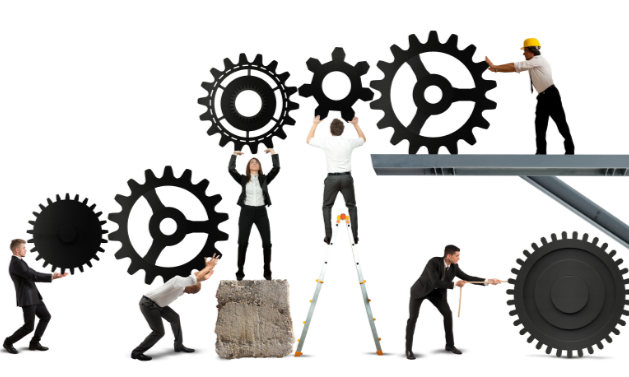
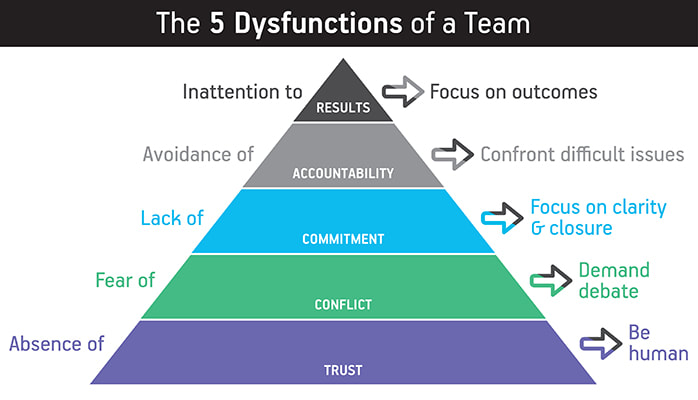

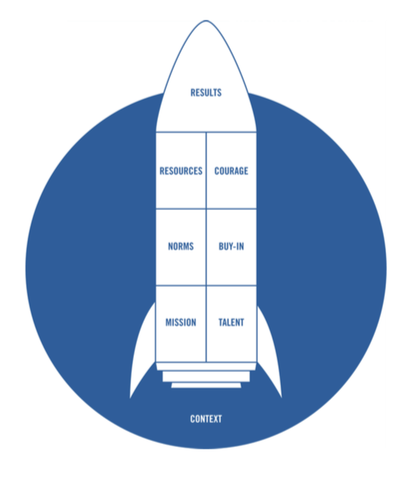
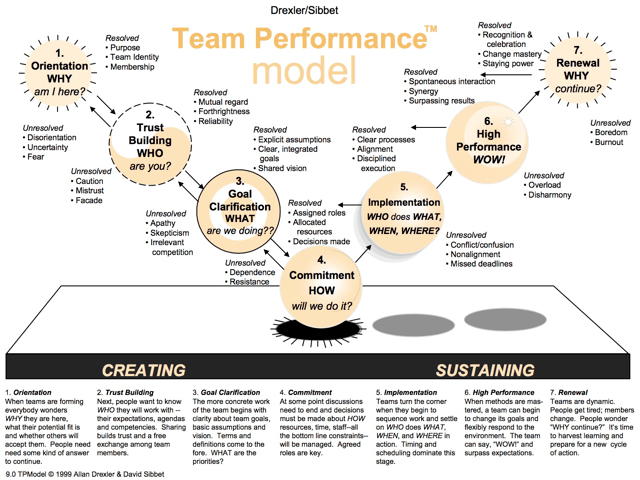
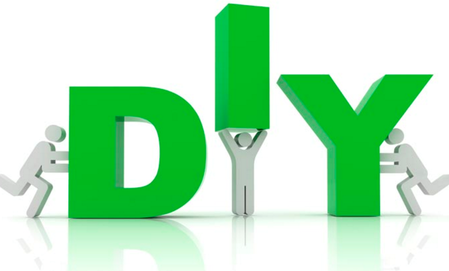
 RSS Feed
RSS Feed
